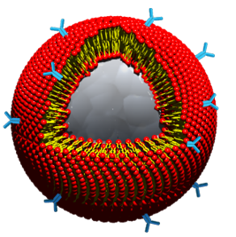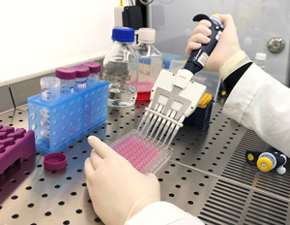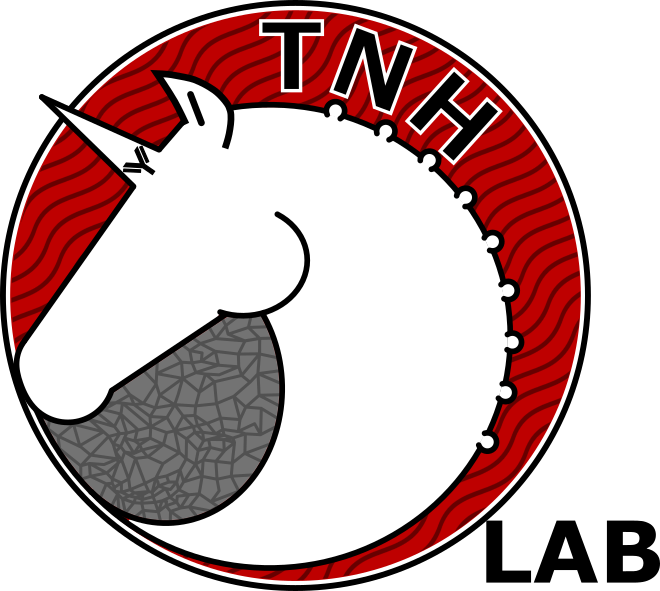
The TrojaNanoHorse (TNH) concept, design and construction was fully developed by our research team.
As since this task is of particular high-risk, many different procedural, physical and chemical parameters were varied to obtain an optimized preparation protocol for the TNH.
We first studied the use of artificial lipids to coat the synthesized ZnO nanocrystals and evaluated their long-term biostability in biological fluid, cell internalization [1] and the stimuli responsive capability upon UV light exposure, as a preliminary study [2].
Soon we also started collaboration with other groups to use different nanoparticles (mesoporous silica materials, metal organic frameworks) to obtain multifunctional TNHs for drug delivery, see this section also [3-5].
Then we moved to the use of cell derived EVs to coat the ZnO NCs [6-8]. Several characterization techniques were used and specifically developed to properly characterize the TNH nanoconstruct. We noticed that the process is a consequence of various mechanisms, including thermodynamic, kinetic and electrostatic ones. The team first worked on a preliminary TNH were EVs are derived from KB adenocarcinoma cell line to optimize the TNH preparation yield and the first cytocompatibility and cell internalization tests [6]. A second version of the complete TNH concept, prepared with an advanced active encapsulation of the EVs extracted from healthy cells was then adopted, obtaining high yield and high level of ZnO nanocrystals internalization in the EVs (paper submitted).
This pioneering work has shown how natural EVs can be engineered to give new powerful tools able to stabilize inorganic nanoparticles in biological media, carry these nanoparticles or a drug contained in them, selectively target a cancer cell line, ultimately enabling to fight cancer.

TNHs are used for in vitro cell studies to :
- Explore stabiity in biological cell culture media or blood components;
- Proof their biocomptibility;
- Test their targeting capability towards selected cancer cells versus healthy counterparts or other cancer types;
- Exploit a stimuli-responsive therapeutic action (see section «Stimuli-Responsive Therapy)
- A tool for nano-contrast bioimaging (see section Nano-imaging)

Related Publications
